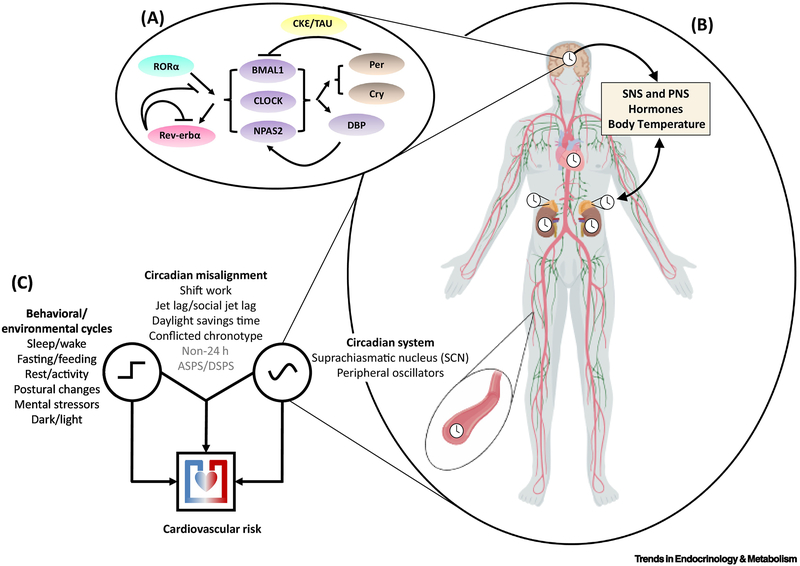Figure 1: Conceptual framework of circadian misalignment effects on cardiovascular risk.
A: Circadian rhythms are driven by molecular clocks centered around core clock genes such as BMAL1, CLOCK and NPAS2, which regulate rhythms of their own transcription/expression via negative (and positive) feedback loops (see top left inset for schematic, see ref# [71] for review).
B: These molecular clocks are present in almost every cell in the body, including cardiac/vascular tissues, adrenal glands, kidneys, the immune system, and importantly, the “master clock” in the SCN. The SCN clock can affect cardiovascular function independently of peripheral clocks (e.g. via autonomic nervous system outflow/endocrine outflow) and by acting to synchronize peripheral clocks (e.g. via circadian rhythms in body temperature/endocrine outflow). Peripheral circadian clocks provide feedback to each other and the SCN clock via their modulatory effects on cardiovascular and endocrine physiology. Endogenous circadian rhythms also influence daily patterns in behavior/exposure to environmental factors, which in turn also impact cardiovascular physiology.
C: Disruptions to the circadian system can impact cardiovascular risk without necessarily disrupting behavioral/environmental cycles (e.g. via tissue-specific circadian clock-gene mutations). Behavioral/environmental cycles can impact cardiovascular risk even when said rhythms are entrained/aligned to the endogenous circadian cycle (e.g. via disrupted sleep in individuals who maintain regular schedules). However, in the most common/epidemiologically relevant scenarios, behavioral/environmental cycles become misaligned relative to the endogenous circadian cycle and it is this circadian misalignment that impacts cardiovascular risk. Known risk contributors are shown in black, putative ones in gray. “Non 24h” – any scenario with individuals living on non-24 schedules; “ASPS/DSPS” – advanced sleep phase syndrome/delayed sleep phase syndrome.

